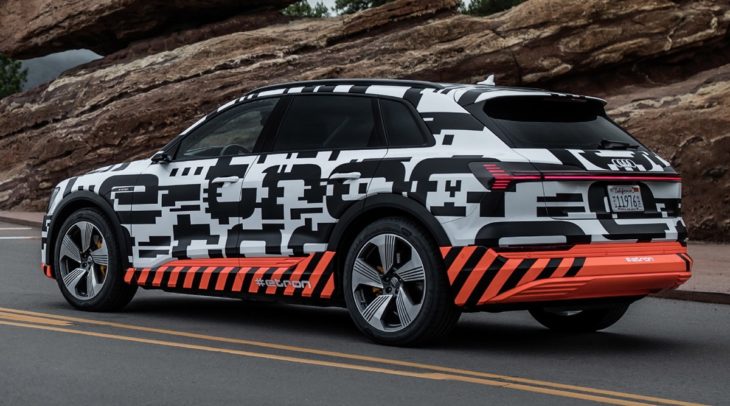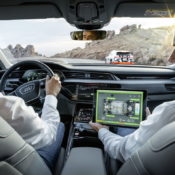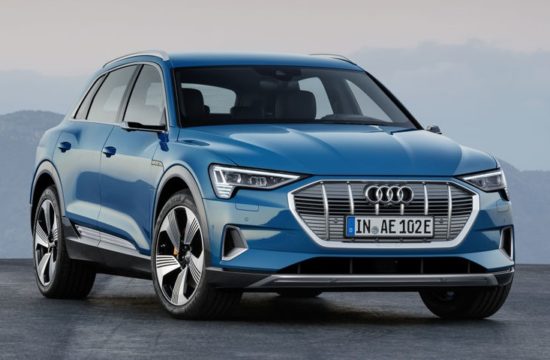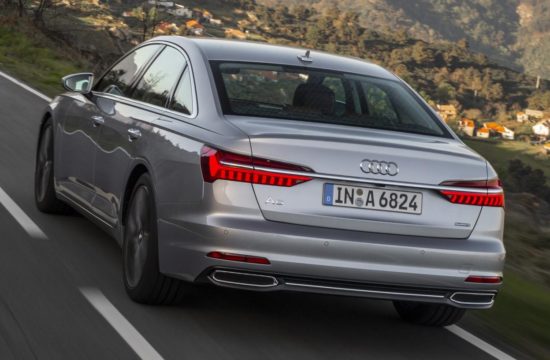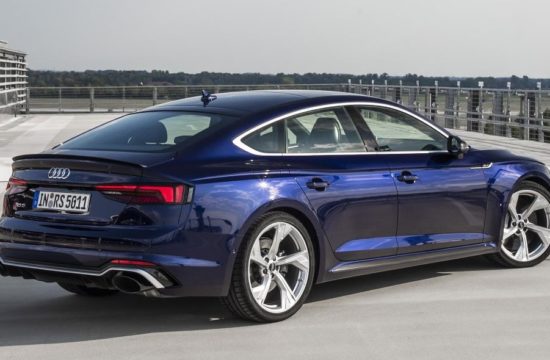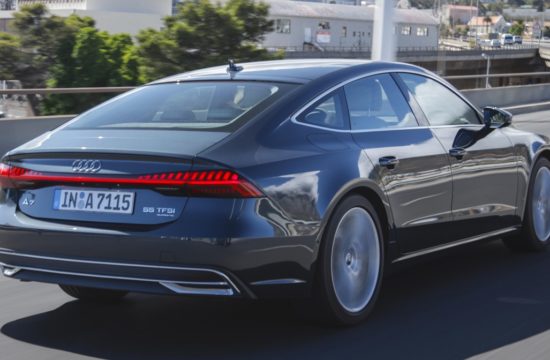The new Audi e-tron Prototype electric SUV is shaping up to be a very fine product, at least if Audi’s numerous teasers and previews are to be believed. In one of the latest episodes they take the highly anticipated car to Pikes Peak in order to test one of e-tron’s coolest features: the energy recuperation system.
The Pikes Peak test for the Audi e-tron Prototype was all about going downhill. That is where the driver keeps using the brake to control the speed of the car, and in a regular car this action would produce a lot of heat, or wasted energy in other words. But not in the e-tron SUV. Basically, with every kilometer you travel downhill in this car, you get a kilometer back in range as the energy recuperation system uses that energy to charge the battery.
Audi e-tron Prototype has three recuperation modes, manual coasting recuperation using the shift paddles, automatic coasting recuperation via the predictive efficiency assist, and brake recuperation with smooth transition between electric and hydraulic deceleration. That last one is thanks to the e-tron’s innovative electrohydraulically integrated brake control system. You kind of need such brakes because with an output of 265 kW and 561 Nm (413.8 lb-ft) of torque, boostable to 300 kW of system output and 664 Nm (489.7 lb-ft) of torque, and a 0 to 100 km/h acceleration in under six seconds, the e-tron SUV is a serious performer.
Depending on the driving situation, the electrohydraulically integrated brake control system decides – electrically on each individual axle – whether the Audi e-tron prototype will decelerate using the electric motor, the wheel brake, or a combination of the two. The brake pedal is decoupled from the hydraulic system. The transition from the engine brake to the pure friction brake is smooth, and the driver does not notice it. This system allows the electric SUV to exploit its maximum recuperation potential in a targeted manner with support from the standard efficiency assist. The system uses radar sensors, camera images, navigation data and Car-to-X information to detect the traffic environment and the route. The driver is shown corresponding information in the Audi virtual cockpit as soon as it would be sensible to take the foot off the accelerator pedal. By interacting with the optional adaptive cruise assist, the efficiency assist can also decelerate and accelerate the electric SUV predictively.

